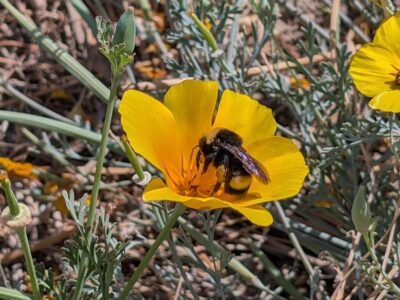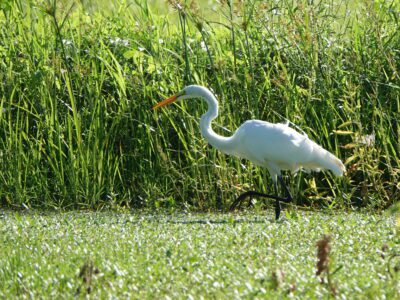In April, River Partners put the last plant into the ground at Dos Rios Ranch Preserve, our 2,100-acre restoration project at the confluence of the San Joaquin and Tuolumne rivers near Modesto. It was the final piece of a $46 million labor of love, the culmination of a nearly decade-long effort that added more than 350,000 native trees and shrubs to the San Joaquin Valley along eight miles of river, and created hundreds of good, green jobs. The project transformed a former farming operation that was prone to frequent flooding into thriving natural riverside habitat providing a myriad of benefits for wildlife, natural resources, and people. This includes boosting the resiliency of San Joaquin Valley communities against droughts like the one California is currently grappling with. As the largest public-private floodplain restoration project in California history, Dos Rios Ranch serves as a promising model for how the state can harness the power of healthy rivers to ensure a thriving future.
We Need Healthy Rivers
Healthy rivers are essential for a prosperous California, especially as we enter a new era of longer, more intense droughts followed by extremely wet years. Scientists believe we have only a small window of opportunity — this decade — to restore the vitality of California’s rivers and streams. Dos Rios Ranch and projects like it represent the most effective approach for bringing life back to these important natural places for the benefit of future generations.
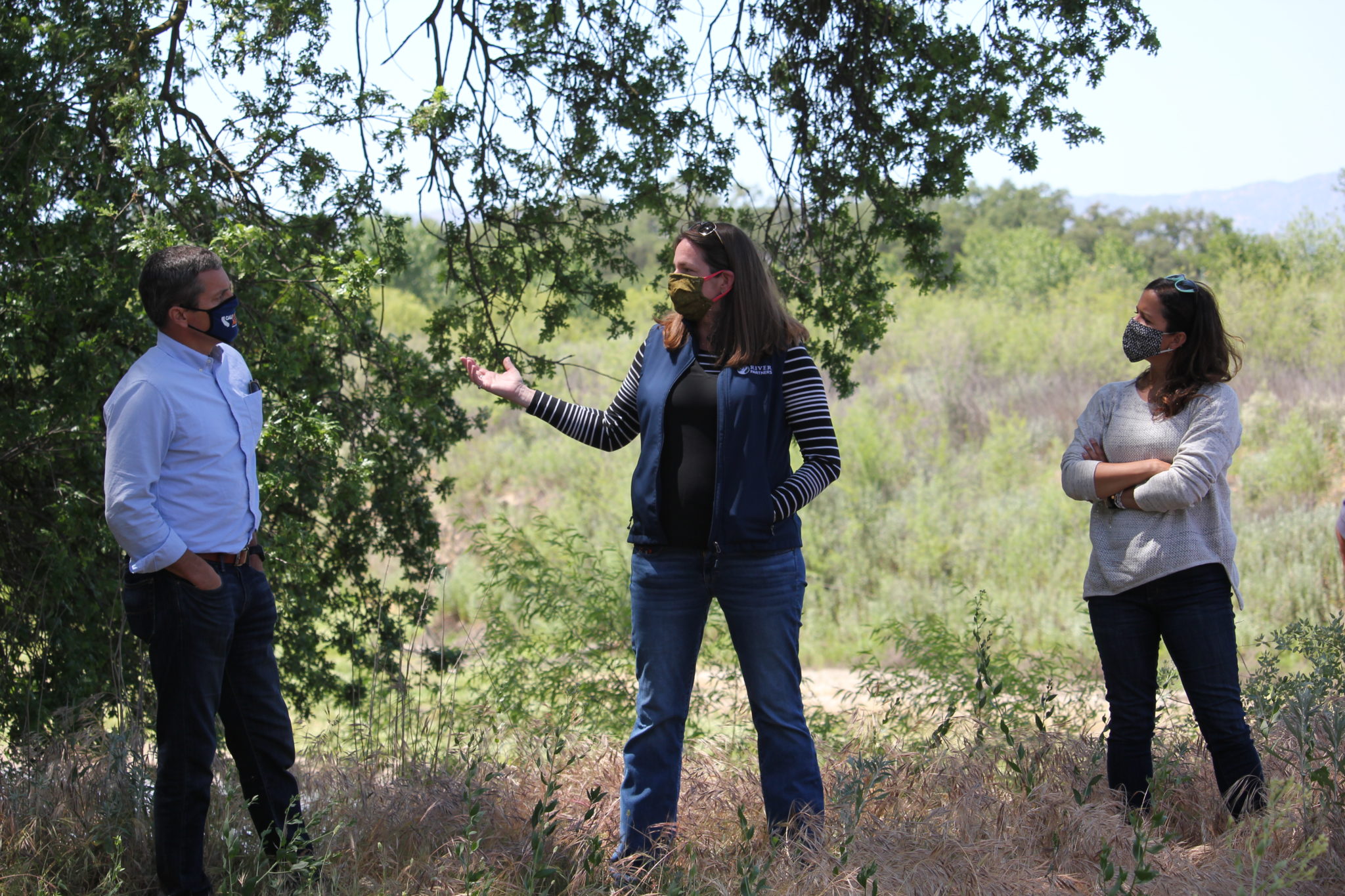
In May, California’s Natural Resources Agency Secretary Wade Crowfoot visited Dos Rios Ranch to see firsthand the benefits of floodplain restoration — from flood safety to climate resilience, water conservation, recreation to support healthy communities, and habitat for California’s wildlife — as we work together to build a green economy. Shortly after the visit, Secretary Crowfoot’s office released “Restoration in California,” a video highlighting Dos Rios Ranch as a model for river restoration.
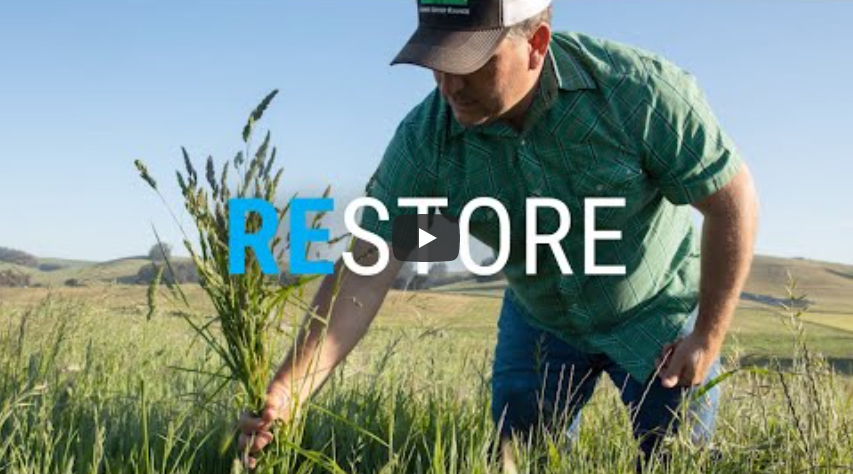
The work River Partners has done to restore Dos Rios Ranch has elevated us as floodplain restoration and science leaders. Today, local, federal, and state leaders are making conservation a priority with initiatives like 30×30 — a promise to protect 30% of California’s lands and coastal waters by 2030 — and they’re looking to River Partners for innovative, multi-benefit conservation solutions. Policy is catching up to what River Partners has been doing for decades, turning ideas into tangible results.
“Dos Rios is a great, galvanizing opportunity to expand environmental conservation in California for the benefit of nature, to combat climate change, and to expand equitable access,” Crowfoot said. “Projects like Dos Rios show us how to achieve 30×30 with multi-benefit projects that aid natural places and our communities.”
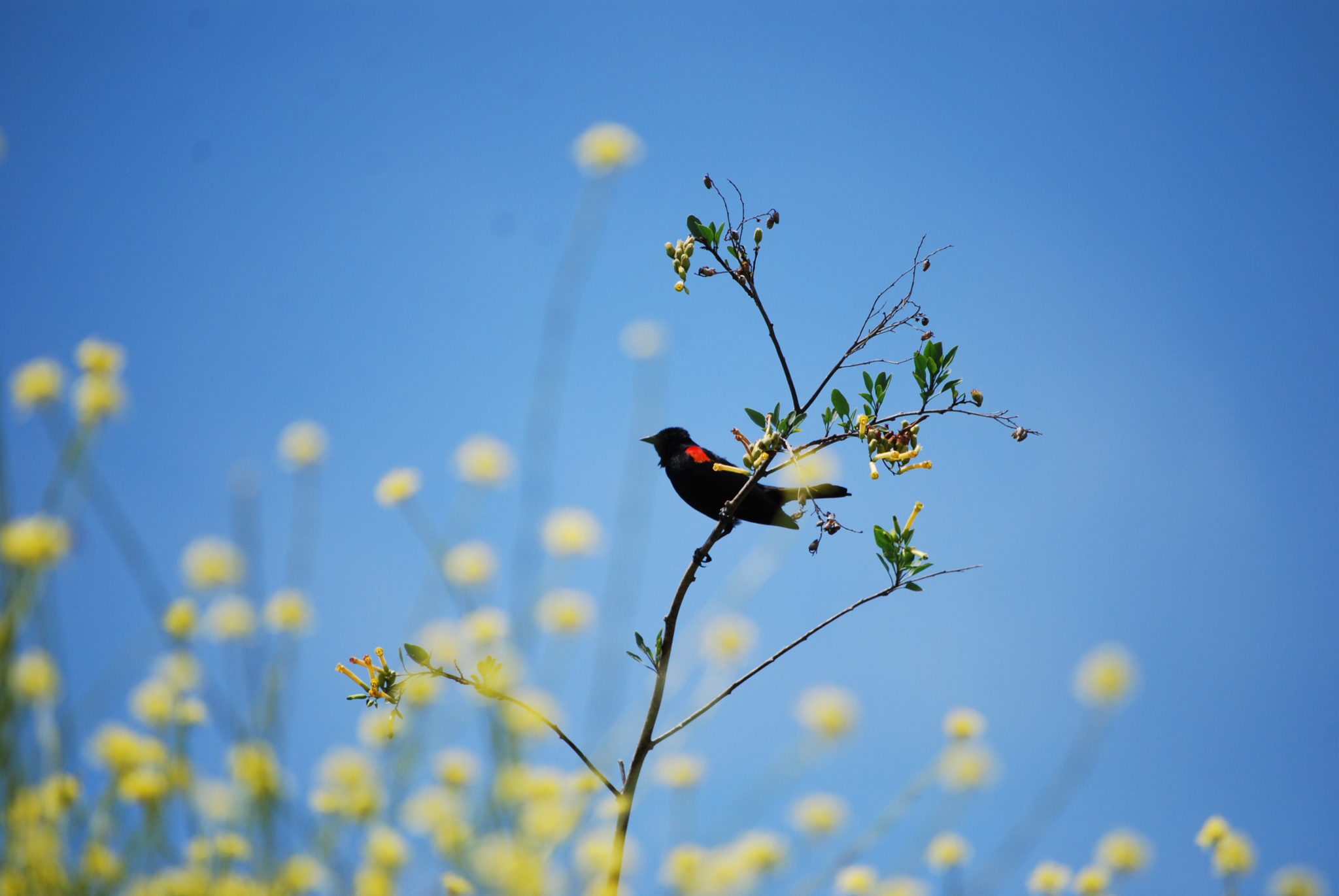
Bringing Back Endangered Species
Nearly a decade after restoration began, Dos Rios Ranch is a haven for wildlife and serves as a model for how strategic habitat restoration can help recover species. The preserve is home to multiple species of concern, including two mammals (riparian brush rabbit, riparian woodrat), six birds (least Bell’s vireo, yellow warbler, tricolored blackbird, Swainson’s hawk, greater sandhill crane, willow flycatcher), and three fish (Chinook salmon, Central Valley steelhead trout, Sacramento splittail).
Dos Rios Ranch is also home to the endangered riparian brush rabbit, which lives exclusively within riverside forests in the Central Valley. Once thought extinct, brush rabbits are returning to Dos Rios Ranch on their own and have already established a robust population. ” ‘If you build it, they will come,’ should be the mantra for River Partners’ Dos Rios Ranch,” said Kim Forrest, Refuge Manager for the nearby San Joaquin River National Wildlife Refuge. “That was the intention and expectation, that scores of migratory birds would show up after years of restoration work. But it certainly wasn’t the expectation that non-flying, non-swimming, and highly endangered riparian brush rabbits would show up. But show up they did, to the surprise of the biologists monitoring them. What a stunning demonstration that simply replacing some puzzle pieces will pull species back from the brink of extinction.”
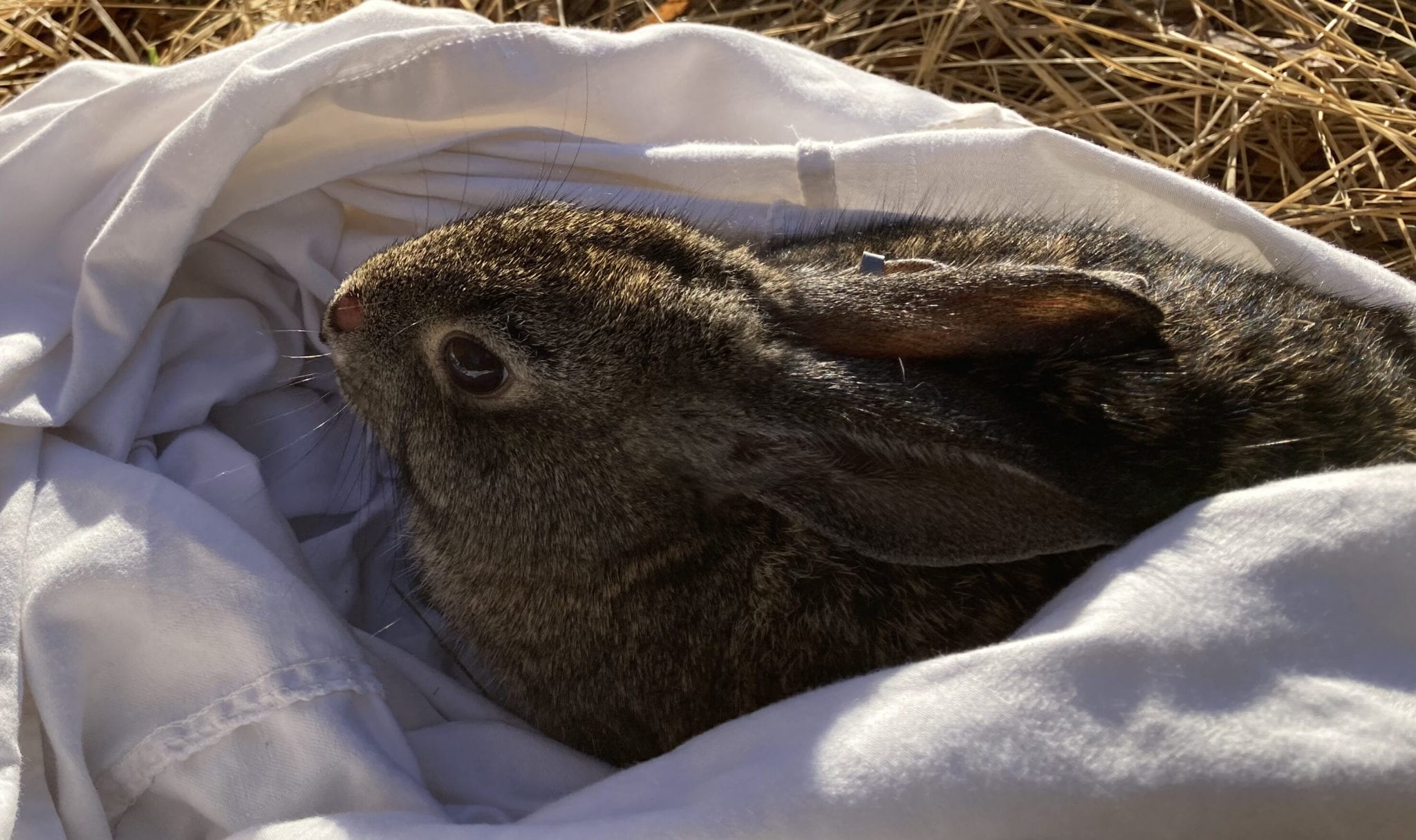
The restored preserve also played an important role in the recovery of the Aleutian Cackling Goose. A half-century ago, less than 800 Aleutian Cackling Geese remained; the winter habitat River Partners built at Dos Rios Ranch helped their population rebound to more than 200,000 individuals today. And Dos Rios is helping in the fight to save the western monarch butterfly, too. To help boost populations — which have plummeted by 99% since the ’80s — we planted more than 12,000 milkweed and other pollinator-friendly plants on 150 acres.
Water Conservation, Flood Safety, and Climate Resilience
Dos Rios Ranch is more than just a refuge for endangered wildlife. The site is a model for multi-benefit river restoration, providing flood safety, water conservation, climate and drought resilience, and enhancements in public health.
Since restoration first began, Dos Rios Ranch has served as testing ground for innovative groundwater science. In a few years, this former farmland will no longer require irrigation, and the site’s water savings are projected to equal approximately 7,000 acre-feet per year. That’s roughly the amount of water 18,000 California households use annually. River Partners is navigating new ideas for dedicating water back to rivers through a formal water-rights process — a first-of-its kind approach that could make a big difference in California’s drought resilience.
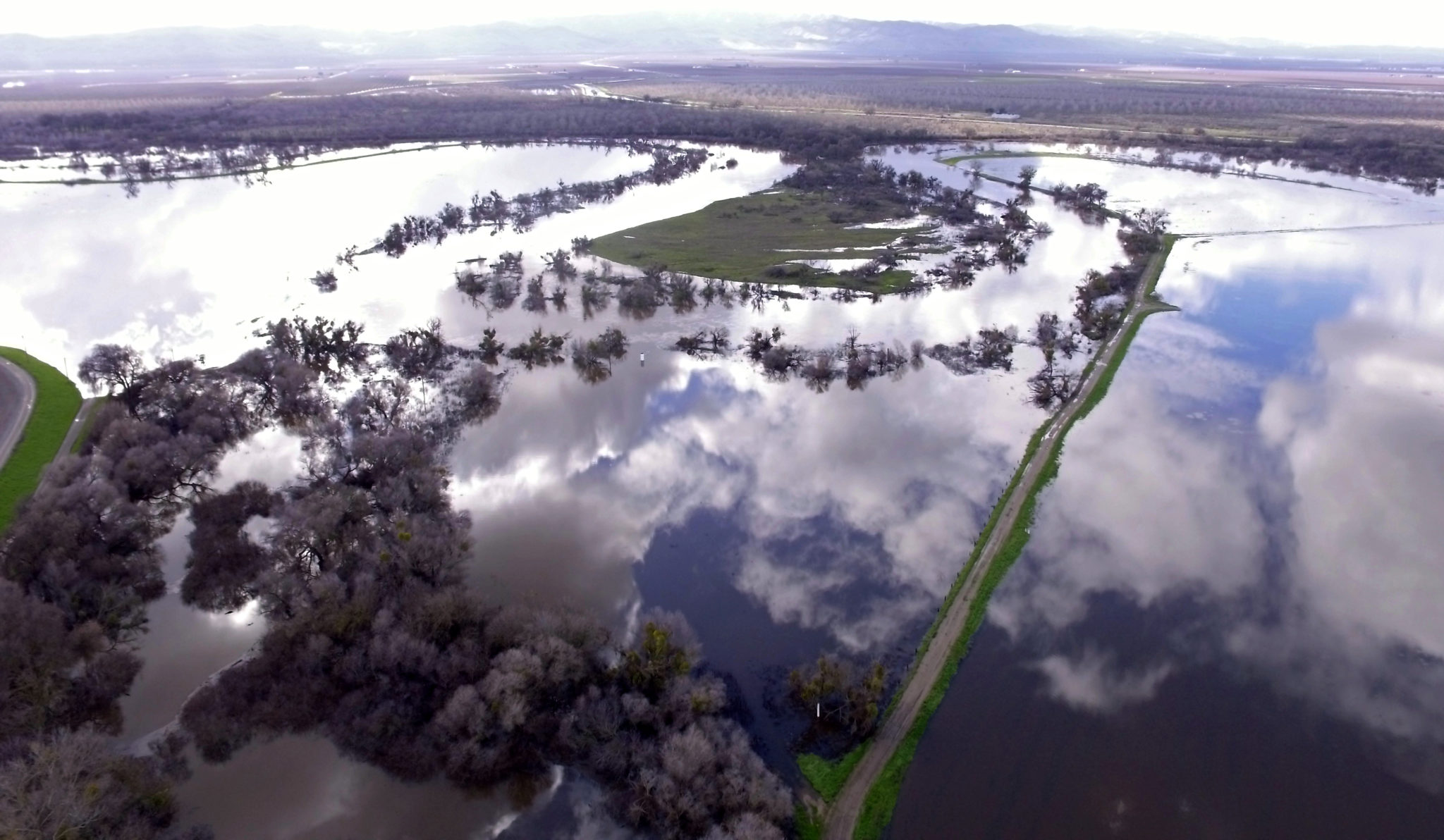
As a living laboratory, Dos Rios Ranch is proving the value of restored floodplains for flood safety as well as drought and climate resilience. During wet years, rising floodwaters slow as they enter the restored floodplain, soaking into the ground and into underground aquifers. This reduces flood risk to downstream communities while recharging groundwater supplies that can be drawn upon during drought years. Young floodplain forests like those at the preserve can also help fight climate change, trapping carbon in soil, trees, and other vegetation at more than twice the rate of mature forests.
Restored floodplains naturally absorb pollutants and other toxins from drinking water, improving water quality and contributing to the overall health of neighboring communities. In the future, we hope Dos Rios will also provide the public with recreational opportunities, shade, and wildlife viewing.
Building Local Economies and Communities
Projects like Dos Rios Ranch also grow jobs. Over nearly a decade, River Partners channeled approximately $40 million in competitive grants and revenue back into local communities and created hundreds of good-paying green jobs for local communities.

A Model for a Greener, More Resilient California
Dos Rios Ranch is a living model for how healthy riverways can help California meet pressing challenges like drought, flood, and species on the brink. River Partners continues to leverage and share the science and lessons learned from this landmark project to keep California thriving for generations to come.



